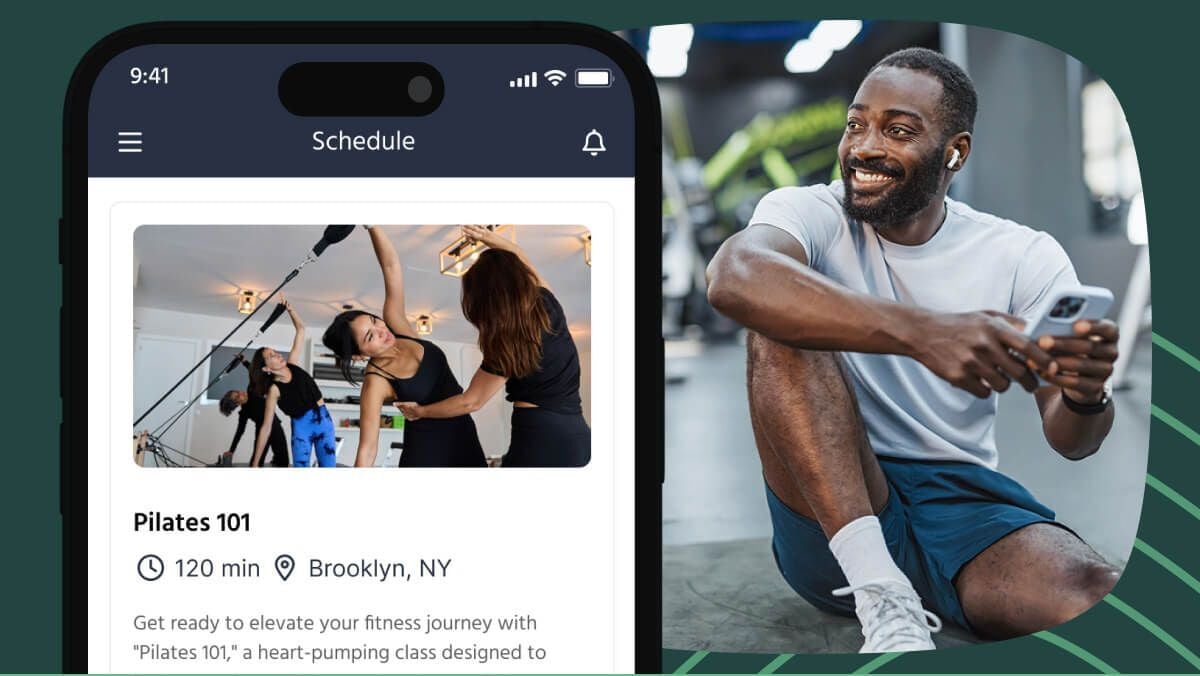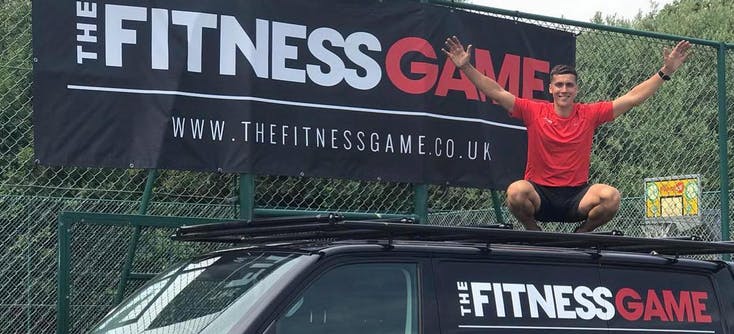We recently hosted a webinar with Katie Santos, CEO of Fitness HR & Katie Santos Consulting, where she gave us the lowdown on how to inspire and empower teams to help studios and gyms reach their potential.
You can watch the recording of our Empowering Your Team webinar with Katie Santos here. Thank you so much to everyone who registered and attended, and to Katie for sharing her expertise on all things hiring, career development, and staff empowerment.

During the webinar, we got some really great questions about hot topics - from where to find quality candidates to handling substitutes. Katie packed so much value into her answers that we just had to share some of her juiciest tips with you!
Tip #1: Think outside the box to find quality candidates

It's no secret that hiring instructors for a fitness facility can be challenging. The need for qualified and experienced candidates, a competitive job market, scheduling flexibility requirements, budget constraints for compensation, high employee turnover, and the importance of finding instructors who fit the facility's culture.
On top of all that, it can be difficult just to get the ball rolling - the first hurdle is figuring out where to find top-notch candidates. Here are Katie's tips for thinking outside the box and going beyond job sites:
-
Craft a clear job description that states everything you need.
-
Broaden your lens! Be open to connecting with neurodivergent people, differently-abled people, or people coming out of incarceration looking to develop skills and do the work.
-
Consider harvesting candidates just out of college. Many of them are turning to teaching movement and physical ed.
-
Learn to identify clients who might have the potential to work for you.
-
Reach out to dance studios and sports teams. These people already have a good work ethic, and there might be someone aging out of their team and looking for new career opportunities.
Tip#2: Implement a pay scale payment structure for your team

Implementing a pay scale payment structure for your team offers several advantages. It ensures fairness and transparency in compensation, motivating instructors to invest in professional growth and skill development. A pay scale promotes retention and loyalty by providing clear pathways for salary growth, reduces turnover costs, and maintains class consistency.
It also serves as a performance motivator, tying compensation to instructors' value and incentivizing high-quality instruction. Moreover, a well-defined pay scale helps attract top talent by offering competitive salaries, positioning the facility as an attractive employer in the industry.
Katie shared some excellent insight on how to tackle defining your pay scale:
-
Before getting started, make sure that you understand your profit margin. For example, if your instructor charges $70 an hour and you charge the client $90, that's not gonna be a successful profit margin for you.
-
Set your pricing correctly so that you can keep these margins in mind when paying your wages.
-
If you have instructors at different levels of experience, you’ll want to pay each level a fair wage while still making a successful profit margin. Understand that your margin will be lower for more experienced teachers. As an example:
-
For newer teachers who were still in training, Katie made sure that her business made 70% on them.
-
For intermediate teachers who already knew the ropes and only checked in when they had big problems, her business made 60% on them.
-
For senior-level teachers who knew the software and retained their own clients, her business made a 50% profit.
-
Tip #3: Set clear expectations when you need a sub

If a client is paying a higher rate for a more experienced teacher, it can be difficult to find (and for clients to accept) a substitute for that teacher. It's important to be open and transparent so your customers don't feel misled.
As Katie said: "Most of the time, you might work with Claudia, but when Claudia's gone, we're going to give you over to somebody that we trust knows what you need."
Here are Katie's tips on managing substitutions:
- Let students know in advance. They might have built a relationship with this teacher and be upset or disappointed to hear the news.
- Highlight how important the students' progress is. Students need to know they'll be in good hands. Inform them about the substitute teacher, how qualified they are, and all the great things that person will teach them.
- Match students with a teacher who has the right skills—even if they are at a lower tier. For example, don't hand yoga students off to a weightlifting coach.
- Brief your younger trainers. Explain that they'll take on a client that stretches them a bit. Offer them guidance to make sure that they can do the things that Claudia would do.
- Let your students know that once their regular instructor returns, they can choose to continue with the one that best meets their needs. It's important not to let egos get in the way and to provide the best experience for each student.
We hope you enjoyed the session and that Katie's top tips help you in your quest to recruit and retain quality coaches!










